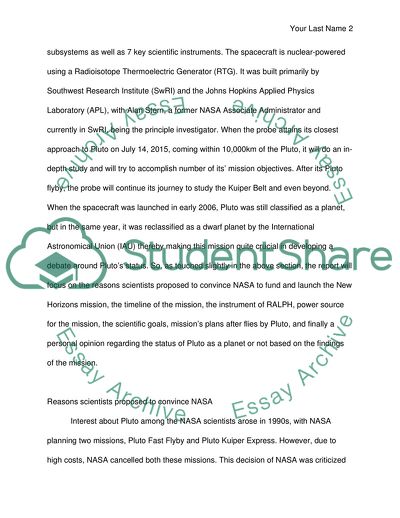Cite this document
(New Horizons Report Example | Topics and Well Written Essays - 2500 words, n.d.)
New Horizons Report Example | Topics and Well Written Essays - 2500 words. https://studentshare.org/astronomy/1864311-astronomy-in-the-news
New Horizons Report Example | Topics and Well Written Essays - 2500 words. https://studentshare.org/astronomy/1864311-astronomy-in-the-news
(New Horizons Report Example | Topics and Well Written Essays - 2500 Words)
New Horizons Report Example | Topics and Well Written Essays - 2500 Words. https://studentshare.org/astronomy/1864311-astronomy-in-the-news.
New Horizons Report Example | Topics and Well Written Essays - 2500 Words. https://studentshare.org/astronomy/1864311-astronomy-in-the-news.
“New Horizons Report Example | Topics and Well Written Essays - 2500 Words”. https://studentshare.org/astronomy/1864311-astronomy-in-the-news.


